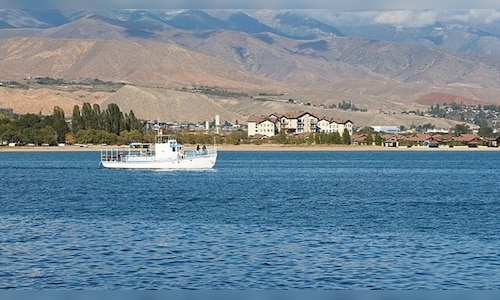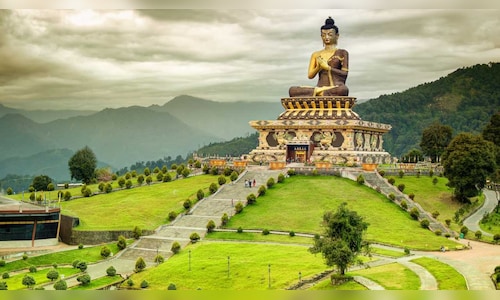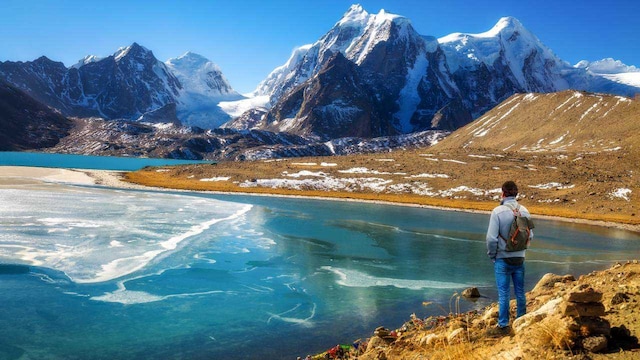
 1 / 11
1 / 11Asia is both the world’s largest and most populous continent. The continent is home to a wide variety of lakes, ranging from mountain-bound freshwater giants to salty inland seas. Each lake has distinct geographical characteristics, from the vast Caspian Sea, which borders many nations, to famous freshwater lakes like Balkhash and Baikal. These water bodies support local economies through agriculture, tourism, and fishing while also offering essential habitats. (Image Shutterstock)
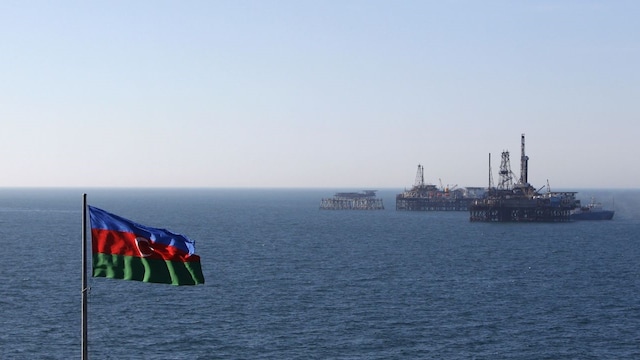
 2 / 11
2 / 11Caspian Sea | With a total area of about 386,400 square kilometres, it is the largest lake in Asia and the largest inland body of water in the world. The Caspian Sea is bordered by Kazakhstan, Russia, Turkmenistan, Azerbaijan, and Iran. It is home to rare species like sturgeon and Caspian seals, whose caviar boosts local economies. However, pollution, overfishing, and oil exploitation pose risks to the region. (Image Reuters)
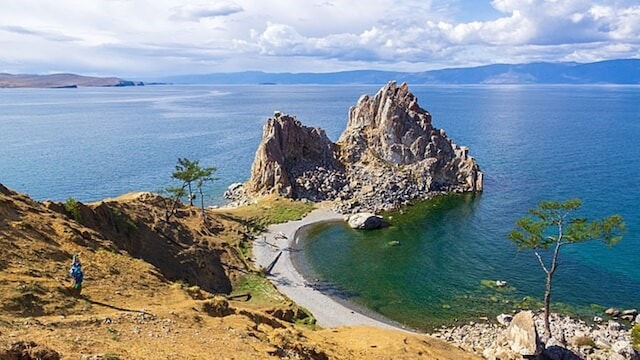
 3 / 11
3 / 11Lake Baikal (Russia) | It is the deepest lake on Earth and the second largest lake on the continent, covering 31,722 square kilometres. It is more than 25 million years old and contains over 23% of the fresh surface water on Earth. With its remarkably clean waters supporting numerous indigenous species, it was designated a UNESCO World Heritage Site in 1996. (Image Wikimedia Commons)
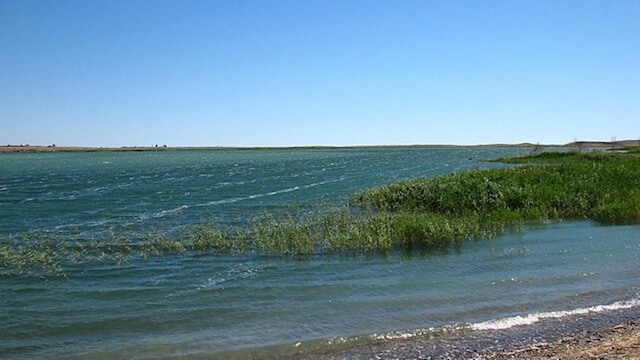
 4 / 11
4 / 11Lake Balkhash (Kazakhstan) | This unusual lake, about 16,400 square kilometres in size, has a salty eastern side and a freshwater western half. Upstream water diversion is causing it to diminish as it sits in a closed basin. (Image Wikimedia Commons)
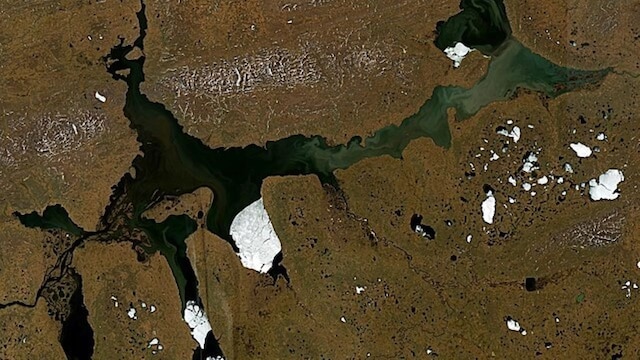
 5 / 11
5 / 11Lake Taymyr (Russia) | This enormous lake, the largest in the Russian Arctic, is known for its distinctive Arctic environment and for being situated in a remote Arctic area. Although remnants of plutonium from the Cold War era have been found at its depths, it is home to fish that are accustomed to cold temperatures, such as loach and muksun. (Image Wikimedia Commons)
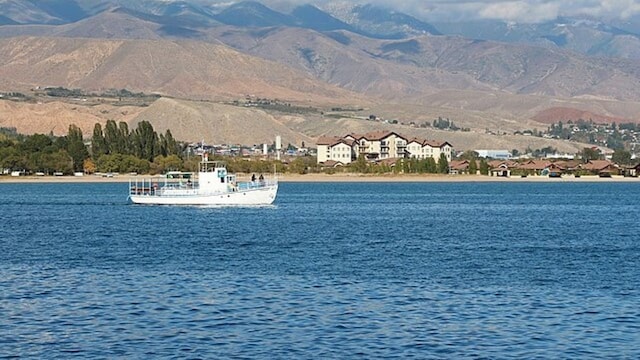
 6 / 11
6 / 11Issyk-Kul (Kyrgyzstan) | Nestled in the Tian Shan mountains, Issyk-Kul is the second-largest mountain lake in the world (~6,236 square kilometres), situated at 1,607 m above sea level, and one of the deepest in the world (max depth ~668 m). It is a Ramsar Wetland and Biosphere Reserve and an endorheic basin. (Image Wikimedia Commons)
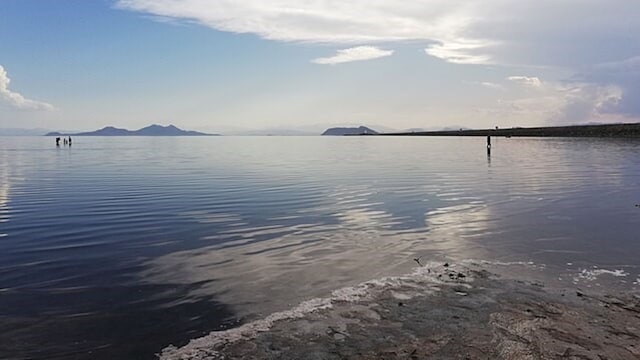
 7 / 11
7 / 11Lake Urmia (Iran) | Although it is one of Asia’s largest natural lakes, at about 6,001 square kilometres, it has drastically decreased in size in recent decades. Despite its classification as a Ramsar and Biosphere Reserve, it presently faces serious ecological degradation. (Image Wikimedia Commons)
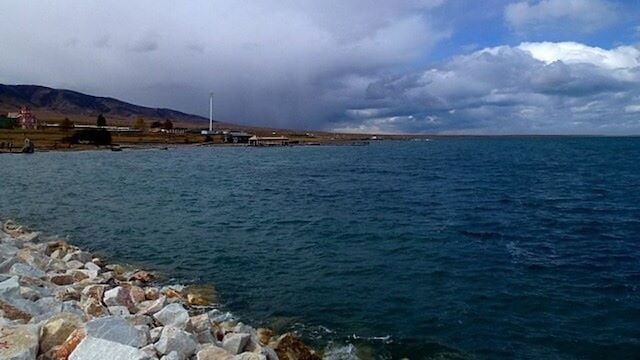
 8 / 11
8 / 11Qinghai Lake (China) | Situated in an endorheic basin, this is China’s largest saltwater lake, which spans around 4,543 square kilometres and is an essential resting place for migratory birds. It is home to native species such as stone loaches and naked carp. (Image Wikimedia Commons)
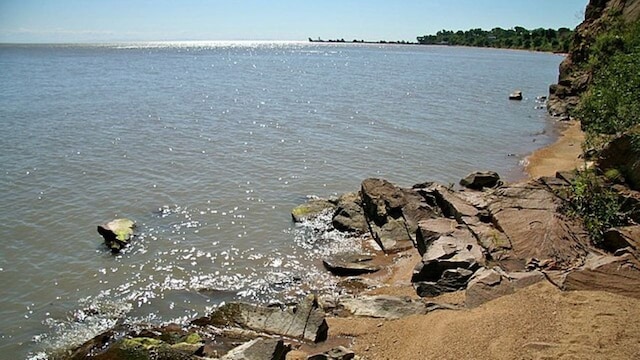
 9 / 11
9 / 11Lake Khanka (China–Russia border) | Rich in biodiversity, this small (~4,190 square kilometres) cross-border lake is supplied by about 24 rivers and has been designated as a Ramsar wetland of international importance since 1971. (Image Wikimedia Commons)
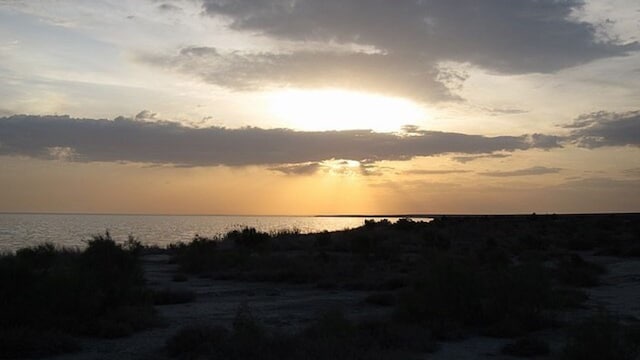
 10 / 11
10 / 11Sarygamysh Lake (Uzbekistan–Turkmenistan) | This lake is roughly 3,955 square kilometres in size, and its waters are highly contaminated by pesticides and heavy metals from agricultural runoff. It is created by the Amu Darya River. (Image Wikimedia Commons)

 11 / 11
11 / 11Van Lake (Turkey) | The unusual Van cat breed can be found in this 3,755 square kilometres soda-saline lake, which is very deep (up to 451 m) and has a unique biota that includes brackish-water species like pearl mullet. Besides being geographical giants, these lakes serve as biological refuges, cultural landmarks, and environmental gauges throughout Asia. Each demonstrates how the natural rivers of Asia influence people’s lives, means of subsistence, and the ecological future of the globe. (Image Wikimedia Commons)


